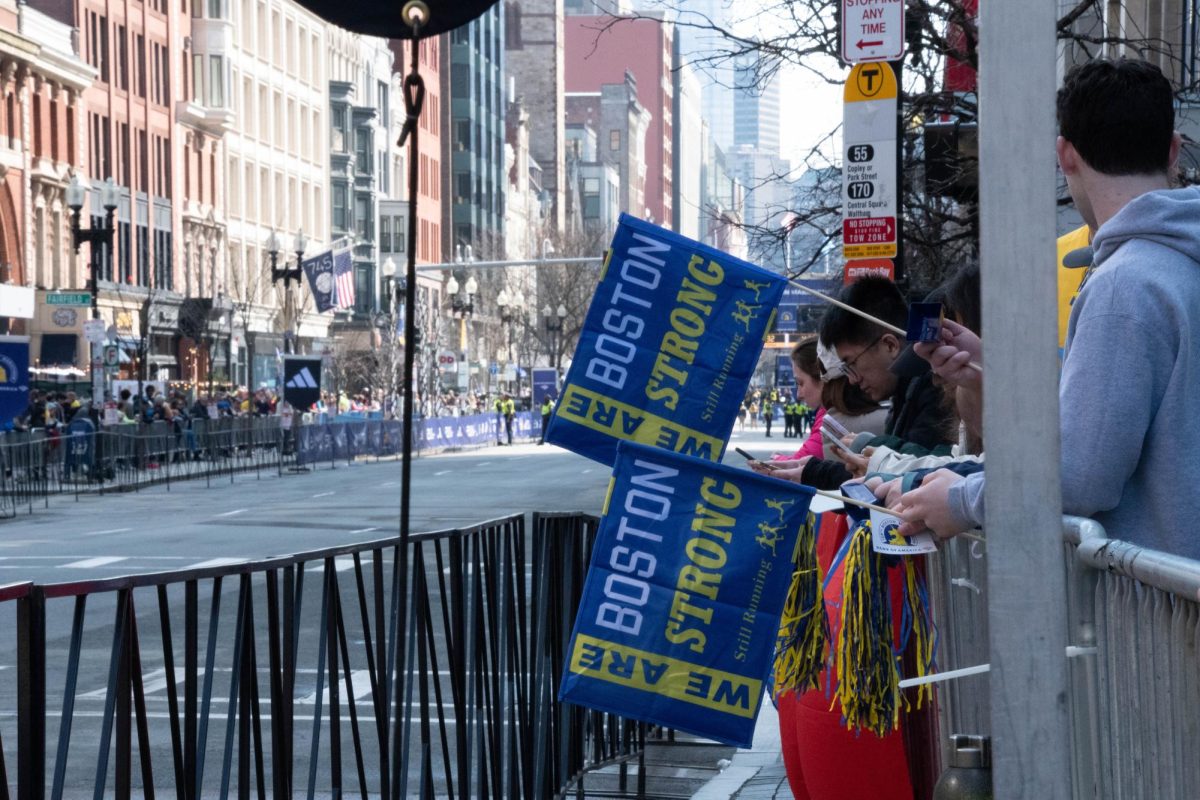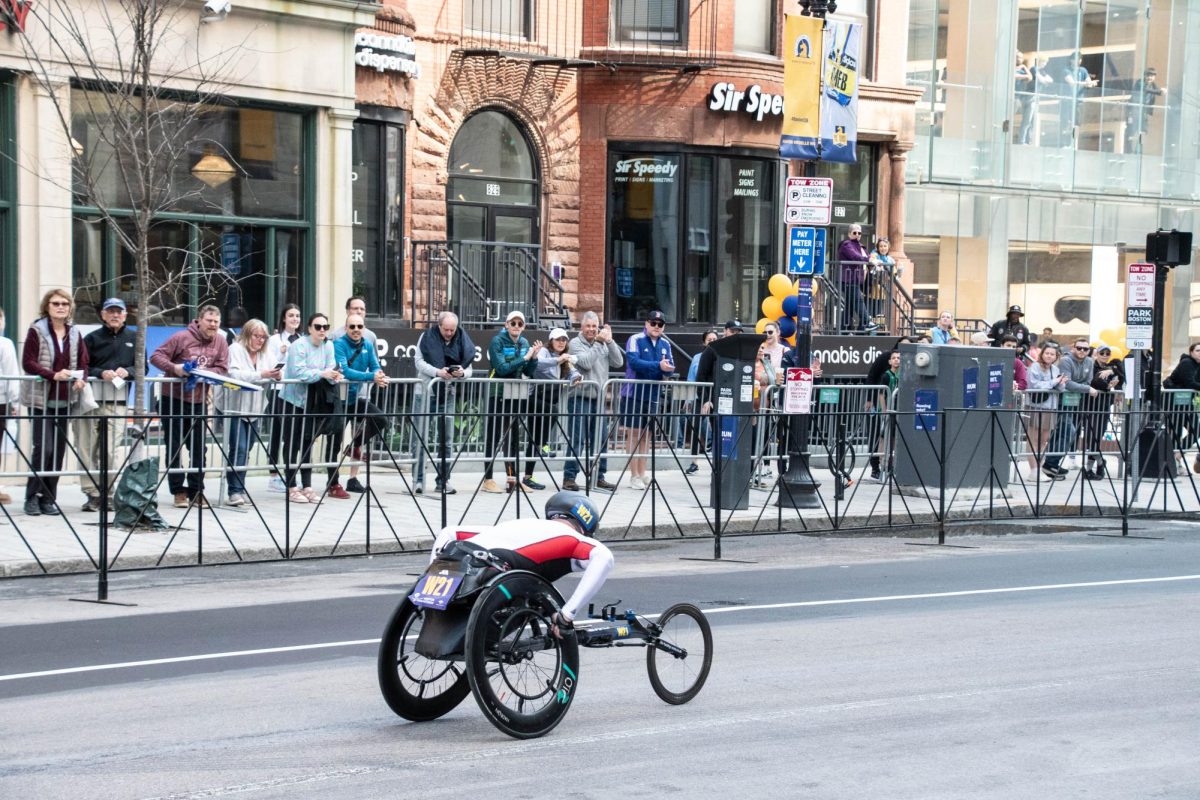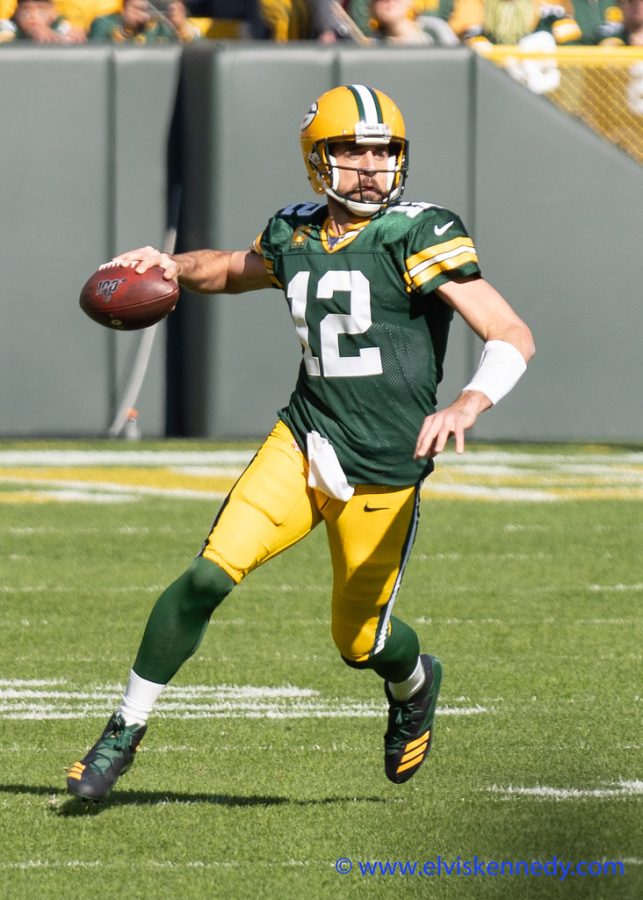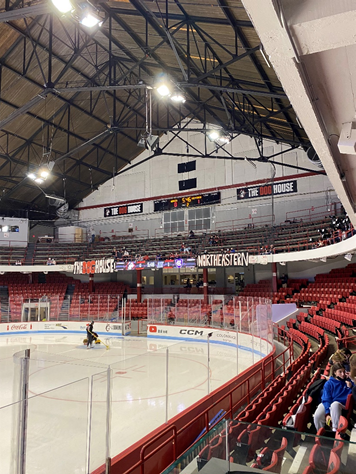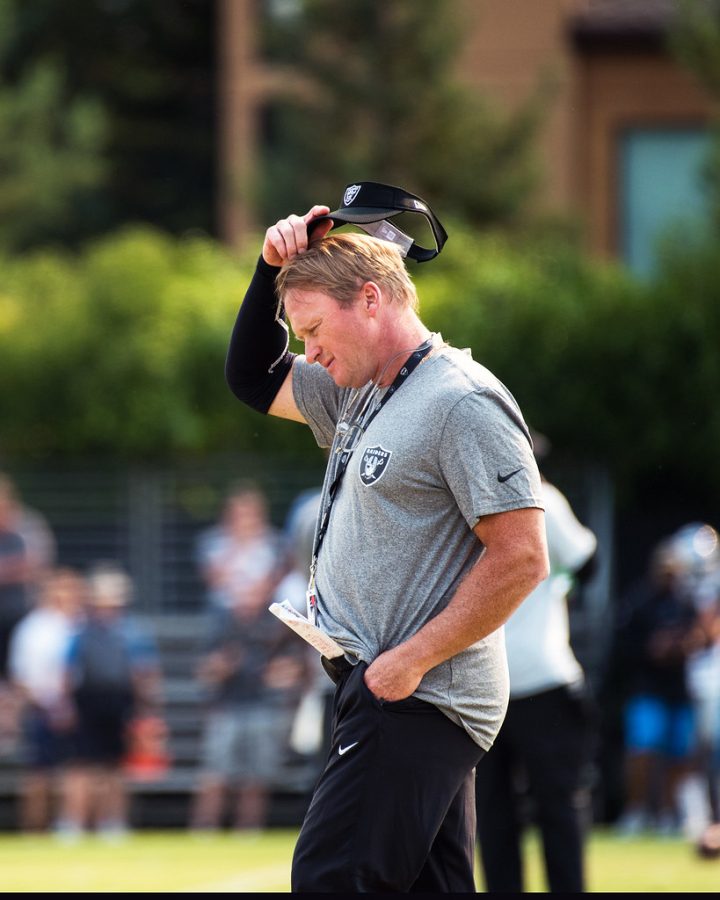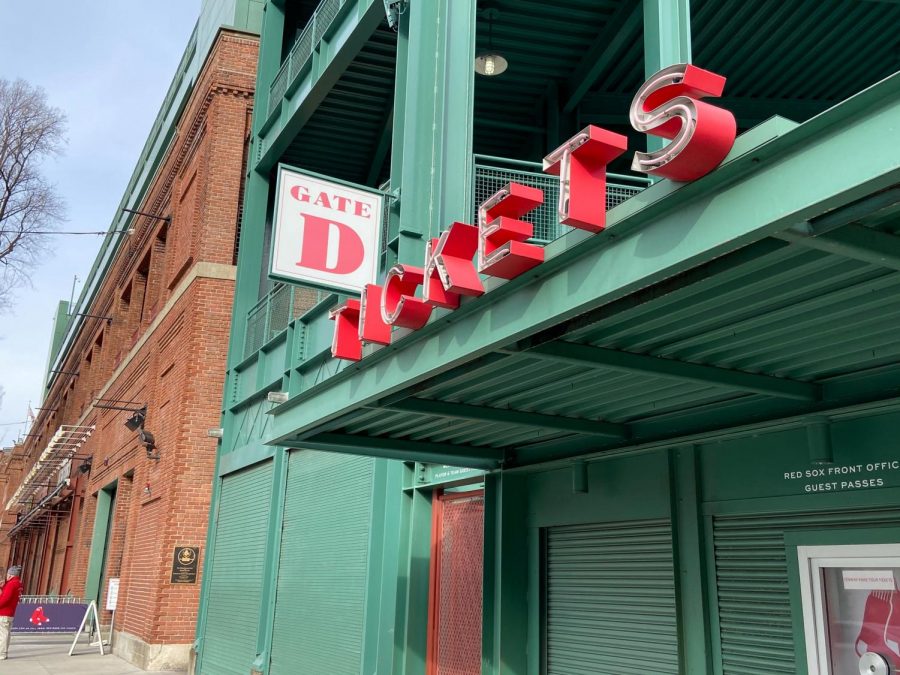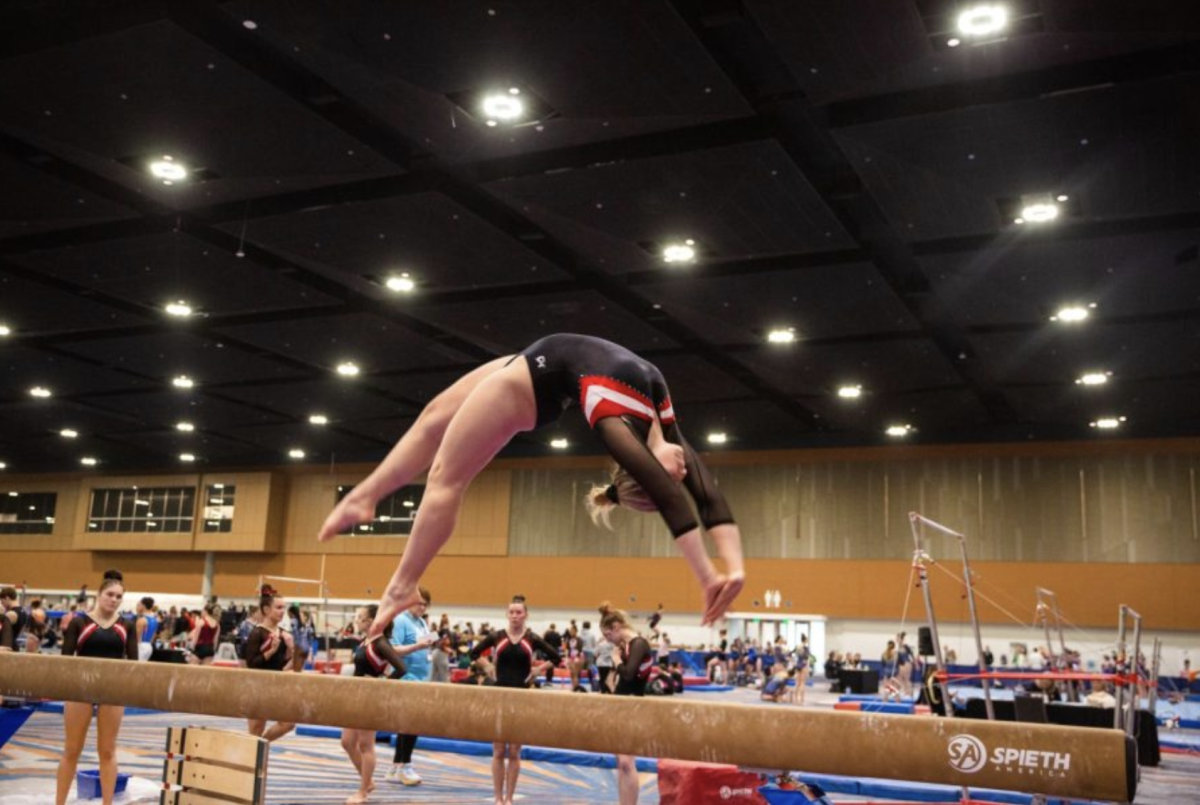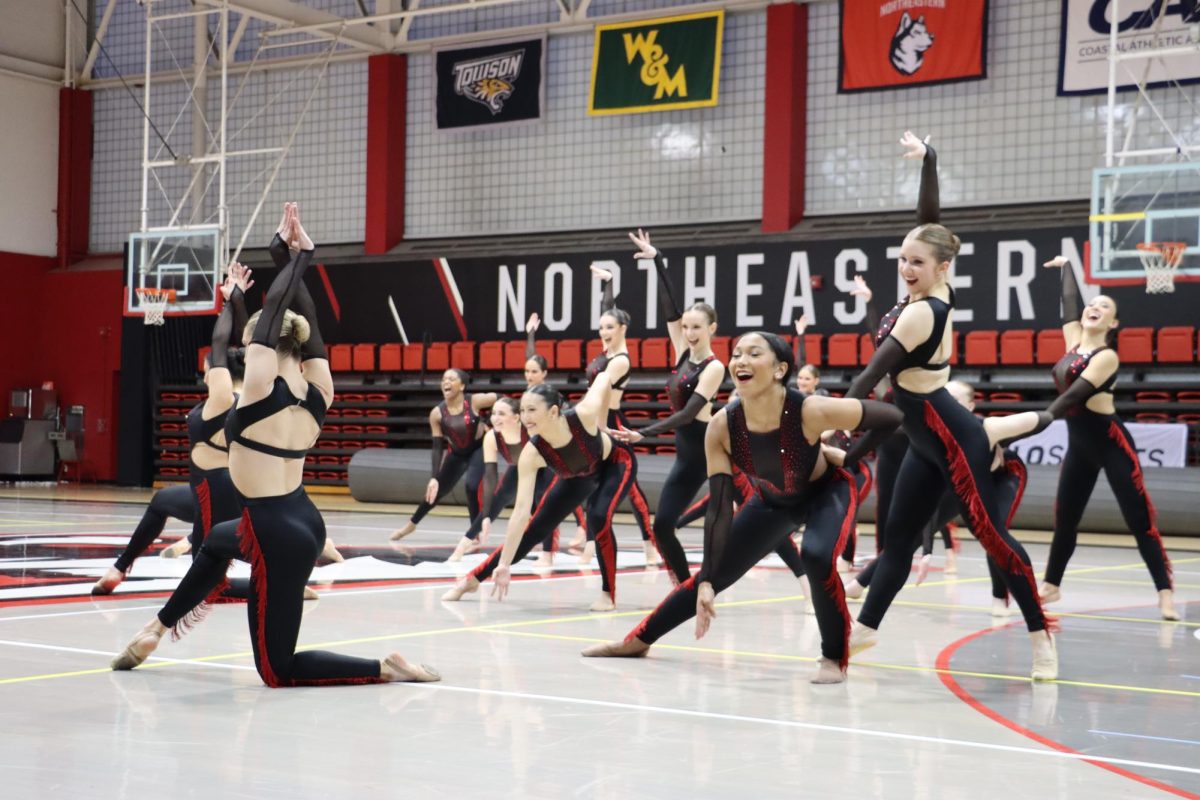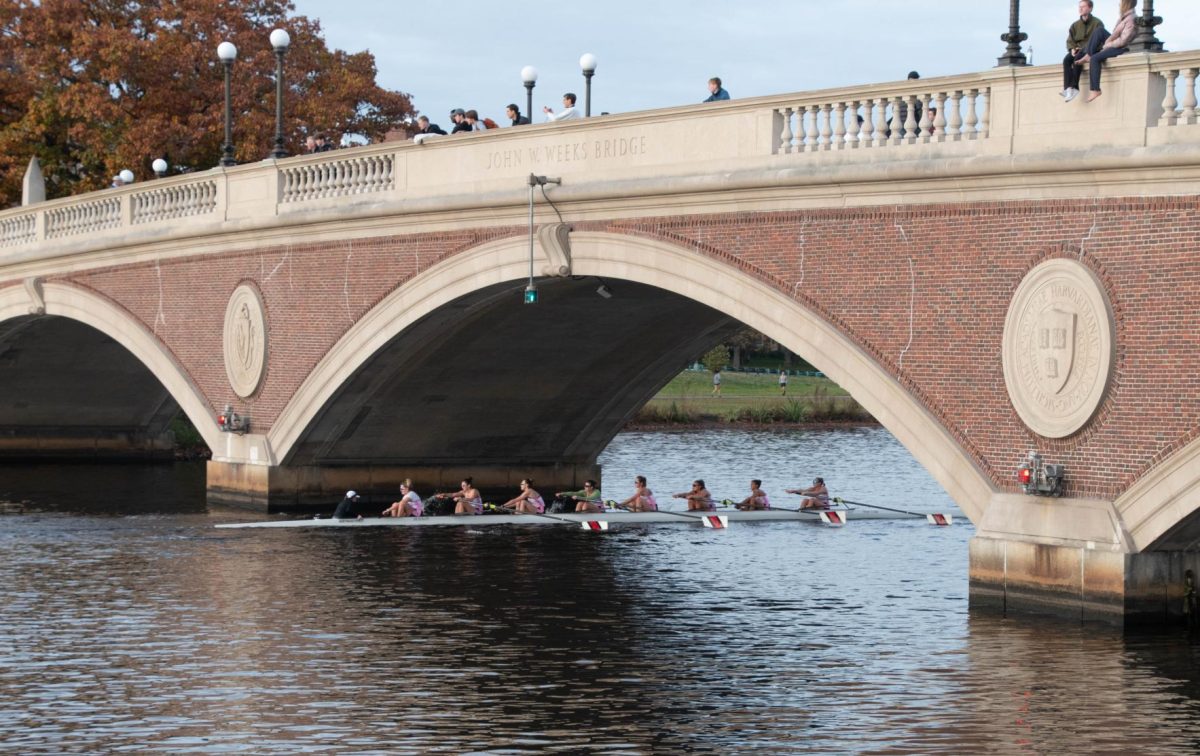By Charlie Wolfson, news staff
36 points and 159 fights. 20 points and 140 fights. 24 points and 119 fights.
These are the career stat lines for George Parros, Tom Sestito and Colton Orr, respectively. This data should tell you that the players who partake in the bulk of the NHL’s century old, now–controversial institution of in-game fighting are some of the worst offensive producers in the league.
This is a problem because, today, fans are sold on the sport by high-flying offensive talent, not brutal fights that result in officials scraping blood off the ice with a shovel before resuming play. If the NHL wants to do right by the sport of hockey and its most ardent followers, it must abolish fighting.
This NHL finds itself at a crossroads at this particular time because the youth movement that has taken over the league since the 2004-05 lockout has never been more visible—and spectacular—than it is today. The league is crawling with young players who have tremendous speed and skill. This new era was ushered in by the 2005 debuts of Sidney Crosby and Alex Ovechkin—two men who, from day one, dazzled hockey fans around the world with speed and scoring prowess and continue to do so as veterans.
Patrick Kane and Jonathan Toews did similar things in Chicago. The newest wave of young talent might be the best yet: First and second year players Connor McDavid, Jack Eichel, Auston Matthews and Patrick Laine are electrifying arenas around the league on a nightly basis.
Moreover, almost all of the Stanley Cup winners since the lockout have been founded on speed, youth and high-energy play. The Blackhawks, in their three Stanley Cup years (2010, 2013 and 2015), overwhelmed teams with their arsenal of young forwards led by Toews and Kane.
The Penguins were anchored by Crosby and Evgeni Malkin when they won in 2009 and 2016 (in 2016 they were energized by fleet-footed rookies like Conor Sheary and Bryan Rust). Even some of the slower Cup winners, such as the Bruins in 2011 or the Kings in 2012 and 2014, were known for rolling four scoring lines that refused to give defenses a break.
The point to be taken from all of this is that in today’s NHL, dynamic, exciting offense is not only what the fans want to see, it’s what wins the Stanley Cup. Keeping fighting in the game allows players like Orr, Sestitos or Parros to occasionally occupy a roster spot which could otherwise be filled by someone who at least aspires to play a fast, productive brand of hockey.
Without fighting, the NHL would become increasingly flooded with players in the Crosby-Ovechkin-McDavid mold. A common point raised by pro-fighting debaters is that fighting serves as a sort of vigilante police, a deterrent against illegal hits and other actions that go against the so-called code of unwritten rules that hockey players supposedly abide by. The idea is that if a team has a Sestito or a Parros on their bench, an opponent won’t take a run at their star player because they know that a thorough beating would likely be their prize. While this makes sense in theory, does it work in practice? Not really.
Crosby missed almost a full calendar year in 2011 due to illegal hits. Marc Savard’s career was effectively ended by a couple of them. The same can be said of Chris Pronger and Keith Primeau. Where was that vigilante police when those four supremely talented individuals were felled by illegal hits? Sorry, I’m not buying it.
Dangerous hits are more often than not perpetrated by someone whose role on the team is to be an enforcer. Doing away with fighting largely takes those players out of the league, thereby shielding star players from illegal hits better than fighting ever did.
I don’t have some kind of personal vendetta against players who earn their paychecks by dropping the gloves. I’m sure many of them are very good people. They make a living with the skill set that they possess. My problem is not with the men who do the fighting, but with the league that allows it.
Nor am I proposing that fighting be stricken from the books as some sort of shameful mark on the sport’s history. For many years, fighting was an honorable and celebrated part of the game, and there was nothing wrong with that. It just doesn’t make sense anymore. As time goes on, any organization needs to make changes, including those that will anger people who have been around for a while. The ones that thrive make those changes anyway.
Photo by Alex Melagrano





